“Chhatrapati Shivaji Maharaj: Visionary Founder of Swarajya & Maratha Empire”
Chapter 1 – The Rise of Swarajya..
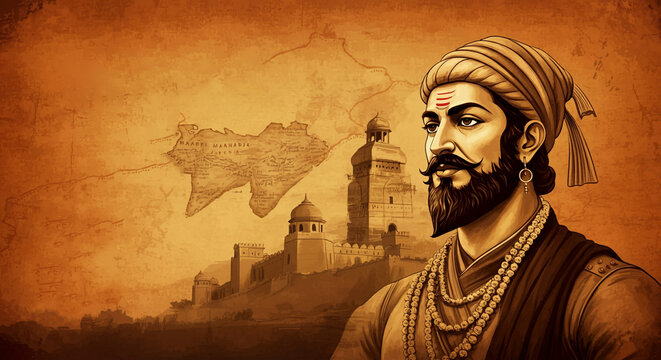
🛡️ Introduction
In the rich tapestry of Indian history, Chhatrapati Shivaji Maharaj emerges as a towering figure—an indomitable warrior, visionary ruler, and the true Founder of Swarajya.
At a time when the subcontinent was fragmented under Mughal dominance and foreign powers, Shivaji dared to dream of a sovereign Hindu kingdom rooted in justice, valor, and cultural pride.
His establishment of the Maratha Empire was not merely a political triumph but a revival of indigenous governance and identity.
From his strategic fort architecture to his revolutionary military tactics, Shivaji Maharaj laid the foundation for a new era of resistance and reform.
This article delves into his extraordinary journey, exploring how his legacy continues to shape the narrative of Indian independence and inspire generations across Maharashtra and beyond.
Table of Contents
🏰 Birth and Early Life

Chhatrapati Shivaji Maharaj, the legendary Founder of Swarajya, was born on February 19, 1630, at the historic Shivneri Fort, near Junnar in Maharashtra.
His birth marked the beginning of a new chapter in Indian history—one that would challenge foreign rule and lay the foundation for the Maratha Empire.
His father, Shahaji Bhosale, was a respected Maratha general who served under the Deccan Sultanates, known for his strategic brilliance and military service.
Shivaji’s Maharaj mother, Jijabai, played an equally pivotal role in shaping his destiny.
A deeply spiritual and patriotic woman, she instilled in young Shivaji the values of courage, dharma, and self-rule through stories from the Ramayana and Mahabharata.
Her teachings became the moral compass that guided Shivaji Maharaj throughout his life and inspired his vision of Hindavi Swarajya.
🕉 Oath of Swarajya: Raireshwar Temple
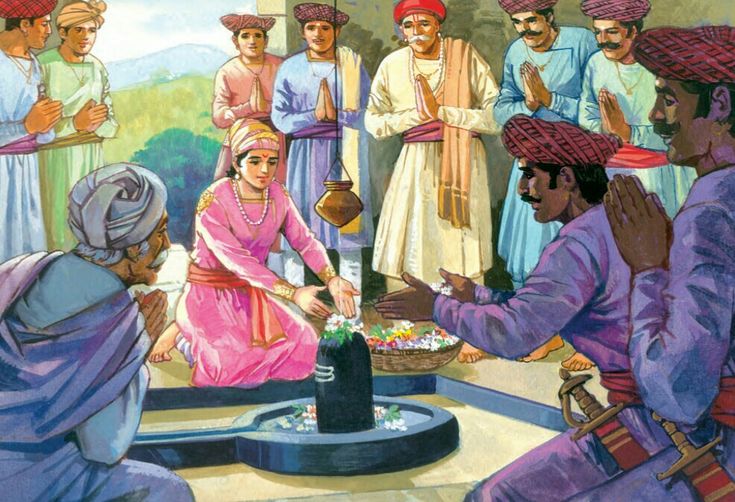
At the age of 15, Chhatrapati Shivaji Maharaj, along with his loyal companions, took a sacred oath at the historic Raireshwar Temple in Maharashtra.
Their vow was clear and revolutionary—to establish Swarajya, a self-governed Hindu kingdom free from foreign tyranny and oppressive rule.
This defining moment marked the ideological birth of the Maratha Empire and ignited a movement that would reshape Indian history.
The Oath of Swarajya became the spiritual and political foundation of Shivaji Maharaj’s lifelong mission, inspiring generations to fight for freedom and justice.
🏰 1646: The Capture of Torna Fort – Shivaji Maharaj’s First Military Triumph

In 1646, at just 16 years old, Chhatrapati Shivaji Maharaj achieved his first major military success by capturing Torna Fort, a strategic hill fort near Pune.
This bold move marked the beginning of the Swarajya movement and laid the foundation for the Maratha Empire.At the time, the Deccan region was politically unstable.
The Adilshahi Sultanate was crumbling under internal strife, and the Mughal Empire was aggressively expanding southward.
Shivaji Maharaj, with his sharp strategic mind, saw this chaos as a golden opportunity to assert indigenous rule.
With a small but fiercely loyal force of around 200–300 soldiers, many of them Mavalas—rugged warriors from nearby villages skilled in mountain warfare—Shivaji launched a stealth operation.
Under the cover of night, his men scaled the steep cliffs of Torna Fort (also known as Prachandgad) using local guidance and intimate knowledge of the terrain.
The fort was lightly guarded and under the control of Bijapur’s officers, who underestimated Shivaji due to his youth.
But with precision and speed, Shivaji’s forces overpowered the guards without major bloodshed.
It was a masterclass in guerrilla warfare—swift, silent, and decisive.
Soon after the victory, Shivaji Maharaj began reinforcing the fort’s defenses and renamed it Prachandgad, meaning “The Mighty Fort.”
This triumph was more than symbolic—it gave him a strategic base, boosted morale, and sent a clear message: Swarajya was no longer a dream—it was becoming a reality.
🧭 Key Figures Involved:
Jijamata, Shivaji’s mother, whose spiritual guidance and unwavering belief in Swarajya fueled his mission.
- Baji Pasalkar and Kanhoji Jedhe, influential local leaders who helped rally support among the Mavalas and villagers.
- Yesaji Kank, who played a crucial role in fort administration and logistics after the capture.
🛡️ Why This Victory Mattered:
It was Shivaji Maharaj’s first military triumph, proving his leadership and tactical brilliance.- It gave the Marathas a defensive stronghold in the Western Ghats.
- It marked the beginning of independent Maratha power, challenging both Adilshahi and Mughal dominance.
- It inspired future campaigns and became a symbol of Hindavi Swarajya.
🛡️ 1646–1647: The Strategic Acquisitions of Torna, Kondhana (Sinhagad), and Rajgad.
Rajgad Fort:-

In 1646, driven by his sacred oath at Raireshwar Temple to establish Swarajya, Chhatrapati Shivaji Maharaj led a small but determined force toward Torna Fort, the first major stronghold in the Sahyadri Range.
Accompanied by loyal commanders Jivji Bhonsle and Tanaji Malusare, he executed a surprise night assault, capitalizing on the fort’s minimal garrison strength.
Shinhagad Fort:-

This victory was more than tactical—it was symbolic. It boosted morale, demonstrated Shivaji’s military brilliance, and opened a strategic gateway into the heart of Bijapur Sultanate territory.
By 1647, Shivaji Maharaj’s forces turned their attention to Kondhana Fort, a heavily fortified outpost near Pune. Under the courageous leadership of Tanaji Malusare, and with guidance from Shambhaji, the Marathas scaled the steep rock face using rope ladders and guerrilla tactics.
Though Tanaji fell in battle, his sacrifice immortalized the fort as Sinhagad, or “Lion’s Fort”—a lasting symbol of Maratha bravery and loyalty.
Shivaji’s Maharaj famous words, “Gad aala, pan sinh gela” (“The fort is won, but the lion is lost”), still echo through Maharashtra’s cultural memory.
Immediately after securing Sinhagad, Shivaji Maharaj turned to Rajgad Fort, once the base of his father Shahaji Bhosale.
With Netaji Palkar and Bapuji Mudgal coordinating artillery placements and siege strategy, the Marathas isolated the fort and negotiated its peaceful surrender.
Rajgad was not just another conquest—it became the capital of the Maratha Empire for over 25 years. Its strategic location, natural defenses, and spacious layout made it ideal for administration, military planning, and royal ceremonies.
🧭 Strategic Importance of These Forts:
- Torna (Prachandgad): First major victory; symbolized the beginning of Hindavi Swarajya.
- Sinhagad (Kondhana): Embodied Maratha valor and sacrifice; key to controlling Pune region.
- Rajgad: Served as Shivaji Maharaj’s capital; administrative and military hub of the early Maratha Empire
🛡️ Legacy and Lessons:
These early conquests showcased Shivaji Maharaj’s genius in fort warfare, his ability to inspire loyalty, and his strategic foresight.
He didn’t rely on brute force alone—he used terrain, timing, and local support to outmaneuver powerful enemies.
These victories laid the groundwork for a sovereign Maratha state and proved that Swarajya was not just a dream—it was a rising reality.
🗺️ Building Swarajya: Forts, Fights & Administration

🏰 Foundation of Fortresses and Military Strategy
The journey toward Swarajya began with the capture of Torna Fort in 1645, when Shivaji Maharaj was just 15.
This marked the first step in establishing a network of strategic strongholds across the Sahyadri Range.
Over the next few years, key forts like Rajgad, Sinhagad, Pratapgad, and Raigad were secured—each playing a vital role in defense, administration, and expansion.
Shivaji’s vision extended to the coastline as well.
He built India’s first indigenous naval force, fortifying sea bastions like Sindhudurg and Vijaydurg, which protected trade routes and repelled foreign incursions.
His military tactics—guerrilla warfare, fort-centric defense, and swift cavalry raids—redefined warfare in the Deccan.
⚔️ Conflict with the Bijapur Sultanate (1656–1659)
📜 Background & Context
By the mid-17th century, the Adilshahi Sultanate of Bijapur was weakening due to internal discord and pressure from the Mughal Empire.
During this period, Shivaji Maharaj, then in his late twenties, intensified efforts to carve out Swarajya. Bijapur’s governors imposed heavy taxes and mistreated local Marathi chieftains, fueling unrest and resistance.
⚔️ Major Engagements & Strategies
- Ambush of Imamkhan’s Caravan (1656)
Shivaji’s forces intercepted a corrupt tax convoy near Sharavathi Pass, using guerrilla tactics to recover dues and win support from oppressed villagers. - Defeat of Afzal Khan (1659)
At Pratapgad, Shivaji lured Bijapur’s formidable general Afzal Khan into a pavilion under the guise of negotiation. With the help of Baji Pasalkar and Fateh Singh, he used the legendary Wagh Nakh to slay Afzal Khan, delivering a decisive blow to Bijapur’s military dominance. - Fort Raids & Psychological Warfare
Systematic raids on Khokar and Mahuli Forts weakened Bijapur’s garrisons. Shivaji’s use of saffron flags, local proclamations, and symbolic gestures stirred Marathi pride and rallied support for Swarajya.
🤝 Allies & Internal Dynamics
Shivaji’s rise was supported by loyal commanders like Kanhoji Jedhe, Netaji Palkar, Yesaji Kank, and the fearless Mavlas. However, internal challenges persisted.
Some Maratha nobles, including factions aligned with Shahaji’s second household, remained loyal to Bijapur and withheld resources.
To navigate this, Shivaji employed diplomatic strategies—temporary truces, marriage alliances (notably with Dadoji Konddev’s family), and religious patronage to secure loyalty and unify his base.
🌟 Consequences & Legacy
The campaigns between 1656 and 1659 cemented Shivaji Maharaj’s reputation as a master tactician and visionary leader.
Bijapur’s influence in the region declined, and villages began aligning with the Swarajya movement.
These years laid the groundwork for the Maratha State, and introduced guerrilla warfare techniques that would later define Maratha military supremacy.
References: Jadunath Sarkar – Shivaji and His Times; G.S. Sardesai – New History of the Marathas; Govind Pansare – Life and Times of Shivaji; NCERT History Textbook (Class VIII).
🏰 Battle of Pratapgad: The Killing of Afzal Khan (February 10, 1659)

📅 Date & Time
- February 10, 1659
- Location: Pratapgad Fort, near Mahabaleshwar, Maharashtra
🏹 Forces Involved
| Side | Estimated Strength |
|---|---|
| Bijapur Sultanate | ~10,000 soldiers under Afzal Khan |
| Maratha Force | ~300–500 Mavalas and loyal sardars |
| References: Jadunath Sarkar – Shivaji and His Times; G.S. Sardesai – New History of the Marathas |
🌄 Background & Context
By early 1659, the Bijapur Sultanate, alarmed by the growing influence of Chhatrapati Shivaji Maharaj, dispatched its formidable general Afzal Khan to suppress the rising Swarajya movement.
Khan, known for his ruthlessness, approached Pratapgad Fort under the guise of diplomacy, concealing a dagger and planning a surprise assassination.
Shivaji Maharaj, aware of Khan’s reputation, agreed to meet him in a neutral pavilion—unarmed, accompanied only by a few trusted Maratha sardars.
But beneath his simple attire, Shivaji wore concealed armor and strapped the deadly wagh nakh (tiger claws) to his wrist.
⚔ Key Participants
Shivaji Maharaj’s entourage:
- Jivaji Mahale
- Baji Pasalkar
- Fateh Singh Bhosale
- Netaji Palkar (secured the perimeter)
- Pandit Ramchandra (legal advisor)
Afzal Khan’s entourage:
- Lahera
- Sayyad Banda
- Munshi Haji (legal counsel)
- ~400 personal guards stationed inside the pavilion
🎯 Tactics & Execution
- Preparation: Shivaji Maharaj wore hidden armor and concealed the wagh nakh on his wrist, anticipating betrayal.
- Meeting Setup: A pavilion was erected midway between both camps. Both leaders entered unarmed, as per protocol.
- Assassination Attempt: Afzal Khan lunged to stab Shivaji. In a flash, Shivaji countered—slashing Khan’s abdomen with the wagh nakh and finishing him with a concealed dagger.
- Aftermath: Khan’s death triggered chaos. Baji Pasalkar and Shivaji’s men swiftly neutralized the disoriented Bijapur guards. Sayyad Banda attempted retaliation but was killed in the skirmish.
🏰 Strategic Impact & Aftermath
- Afzal Khan’s death shattered Bijapur’s campaign in the Deccan.
- Shivaji Maharaj immediately rallied nearby forts like Khokar and Mahuli, expanding the Maratha Empire’s reach.
- His reputation as a cunning and fearless leader was solidified across the subcontinent.
- The battle demonstrated the effectiveness of guerrilla warfare, psychological strategy, and terrain mastery.
References: Jadunath Sarkar; G.S. Sardesai; NCERT History Textbook
🗣 Marathi Adage & Reflection
“होता जीवा म्हणून वाचला शिवा”
This timeless Marathi the essence of Shivaji Maharaj’s courage.
It reminds us that true leadership means living for a cause greater than oneself.
Shivaji lived to protect Swarajya, and his survival at Pratapgad became a turning point in Indian resistance history.
🏰 Escape from Panhala Fort: Shivaji Maharaj’s Daring Breakout (November 1659)

📜 Background & Context
Following the dramatic Battle of Pratapgad and the death of Afzal Khan, the Bijapur Sultanate intensified its campaign against Chhatrapati Shivaji Maharaj.
In late 1659, Shivaji found himself besieged at Panhala Fort by a massive force led by Siddi Johar and Jaswantrao Dalvi, with support from Afzal Khan’s son.
Supplies were running dangerously low, morale was fading, and the only viable option was a bold escape to preserve the dream of Swarajya.
References: Jadunath Sarkar – Shivaji and His Times; G.S. Sardesai – New History of the Marathas
🏹 Forces & Key Helpers
| Side | Strength | Key Allies & Supporters |
| Maratha Forces | ~200–300 Mavalas | Baji Pasalkar, Fateh Singh Bhosle, Yesaji Kank, Sambhaji Kwaji |
| Bijapur Forces | ~8,000–10,000 troops | Siddi Johar, Jaswantrao Dalvi, Afzal Khan’s son |
References: NCERT; Sahyadri Gazetteer
🚨 The Escape Plan
- Secret Tunnel & Diversion
Shivaji’s men quietly prepared a hidden tunnel beneath the pantry area of Panhala Fort. Meanwhile, Baji Pasalkar led a diversionary skirmish at the eastern gate to draw enemy attention. - Smoke Decoy
Fateh Singh Bhosle ignited the granary, producing thick smoke that masked movement and created confusion among the besiegers. - Midnight Breakout
Disguised as a laborer, Shivaji Maharaj slipped through the tunnel with Yesaji Kank, Shambhaji, and around 50 trusted soldiers. The garrison, misled by the diversion, failed to detect the real escape. - Safe Passage & Regrouping
The escapees rendezvoused at Kanchangad, where they regrouped with Netaji Palkar and rode swiftly to Vasota Fort in the Satara hills, securing a safe base for future operations.
👤 Key Planners & Support
- Bahirji Naik– Shivaji Maharaj’s master spy and intelligence officer, played a pivotal role in the success of the escape.
- Known for his unmatched stealth and terrain knowledge, Bahirji infiltrated enemy camps, mapped out weak points in the siege lines, and provided real-time updates on troop movements.
- His reconnaissance allowed Shivaji’s commanders to time the breakout perfectly and avoid direct confrontation.
- Bahirji’s work laid the foundation for the Maratha intelligence network, which would later become a cornerstone of guerrilla warfare and Swarajya defense strategy.
- Deshpande Brothers—Bajiprabhu and Phulaji—supplied horses, provisions, and guided the escape route through secret mountain passes.
- The Maratha Army’s mobility and deep knowledge of terrain, honed through years of guerrilla warfare, made this daring breakout possible and reinforced their reputation as masters of unconventional strategy.
🎖 Outcome & Significance
- The escape demoralized Bijapur’s forces and exposed their tactical vulnerabilities.
- Shivaji Maharaj’s reputation soared—envoys, local chiefs, and villagers saw him as unstoppable and divinely protected.
- From Vasota Fort, Shivaji regrouped and began planning his next campaigns against Bijapur and the Mughals, further advancing the cause of Swarajya.
References: Jadunath Sarkar; G.S. Sardesai; NCERT History Textbook; Sahyadri Gazetteer – Satara District
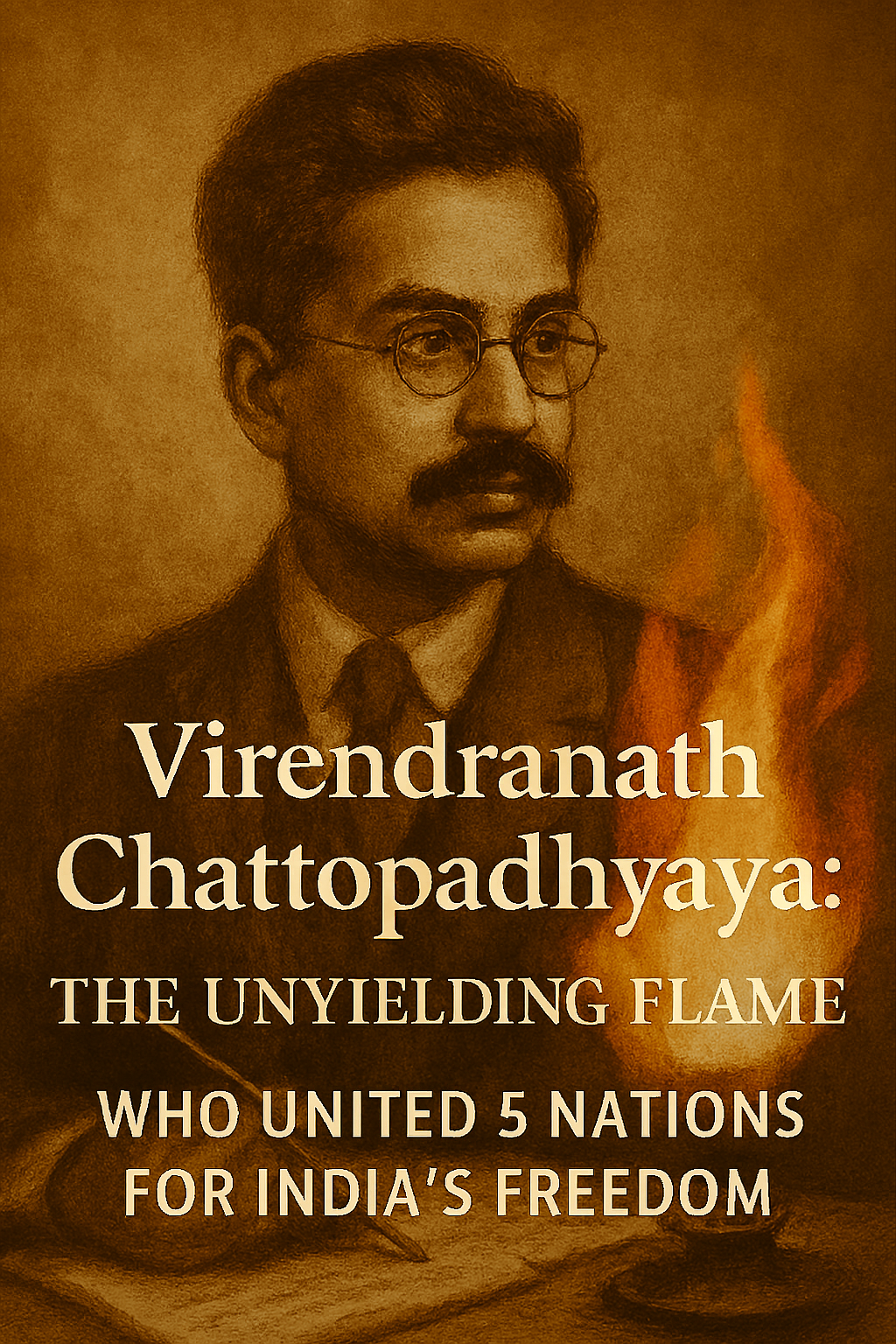
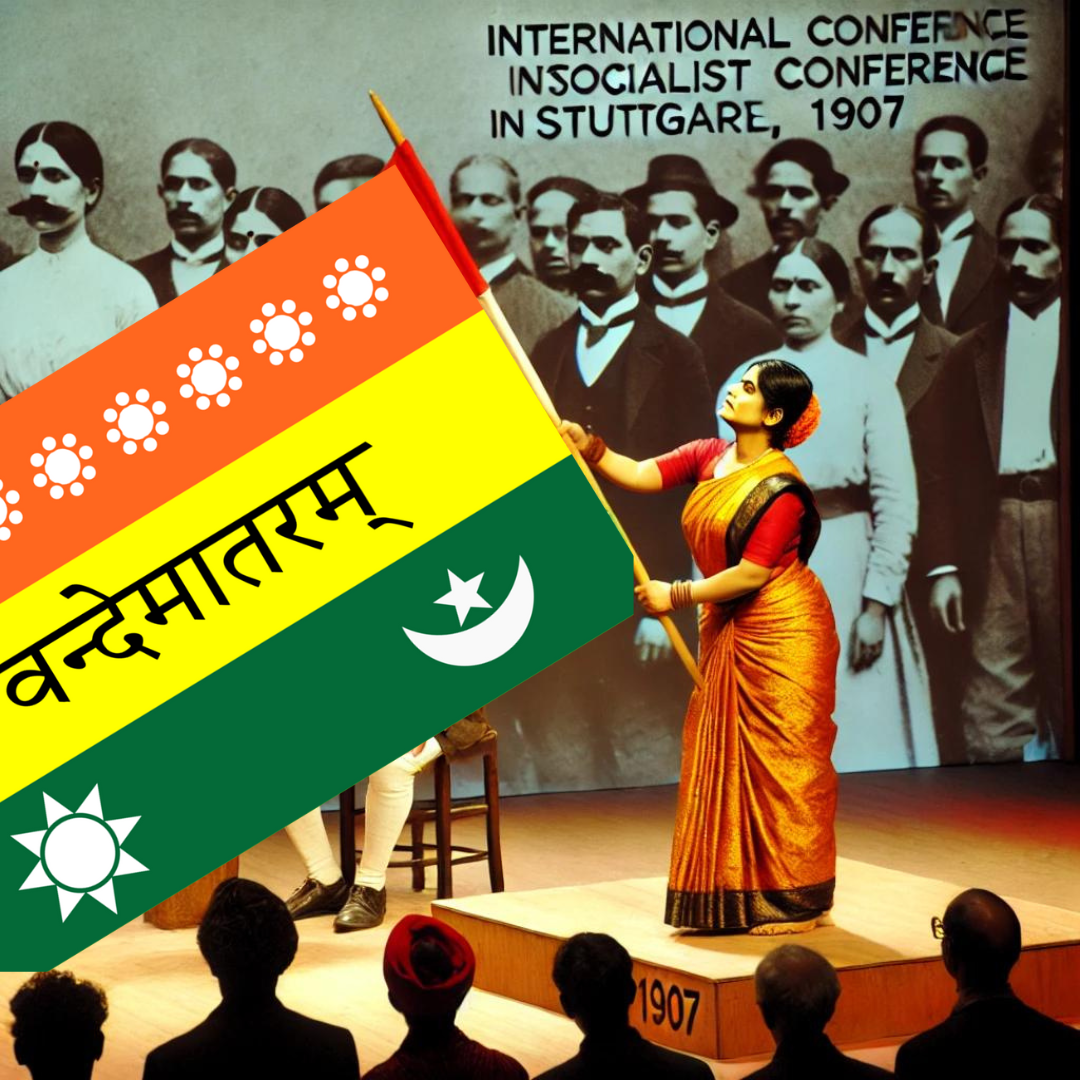
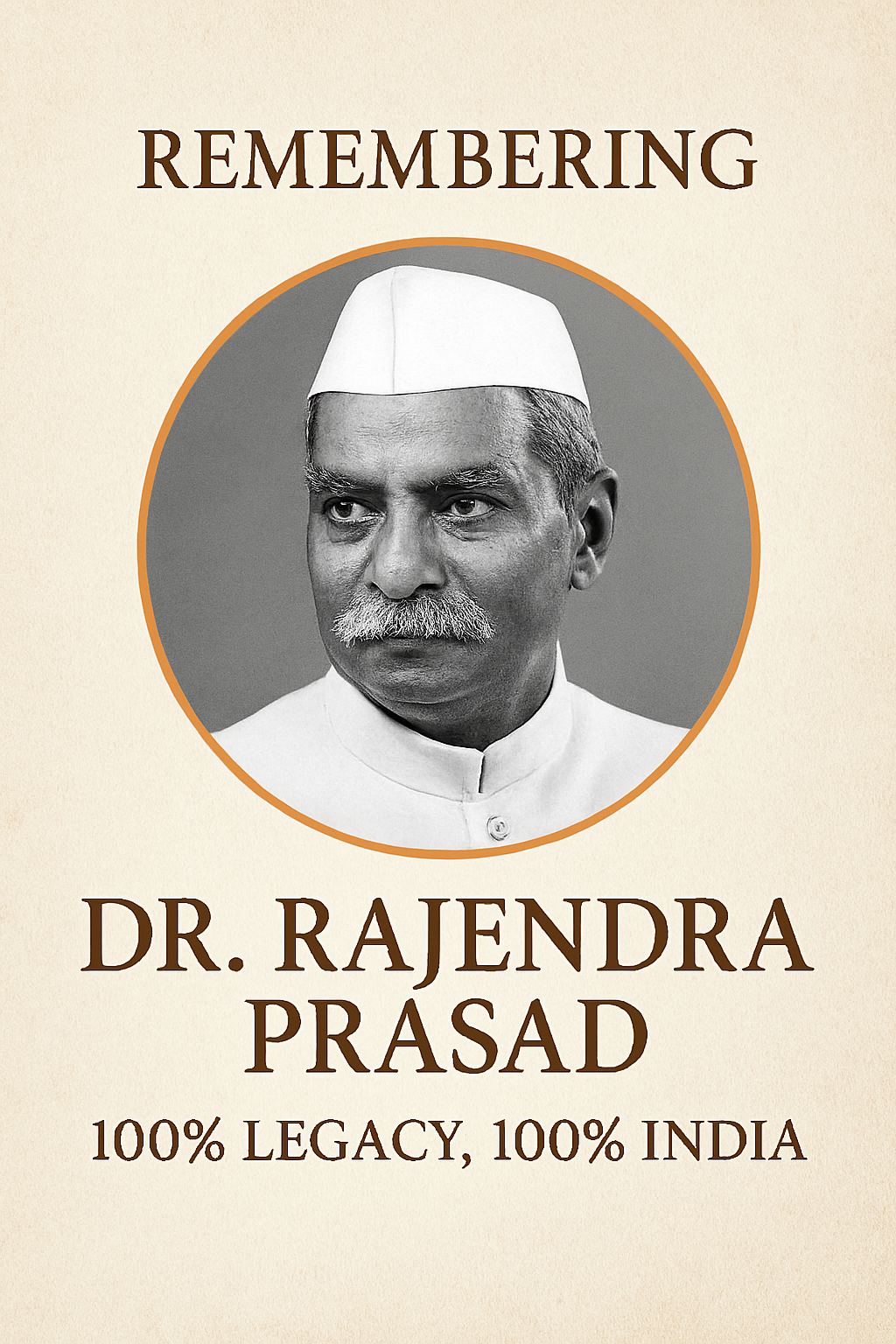
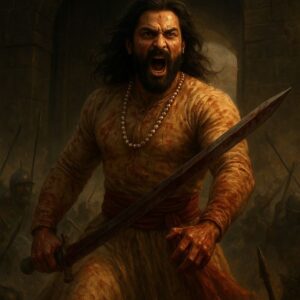
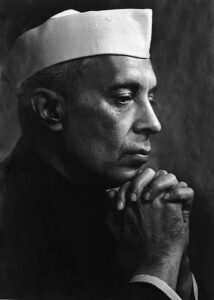
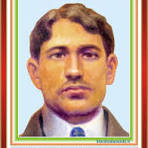
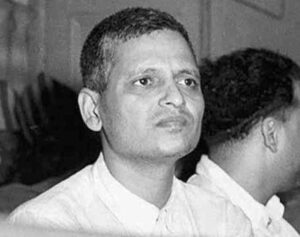
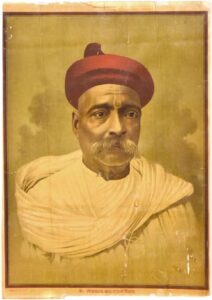
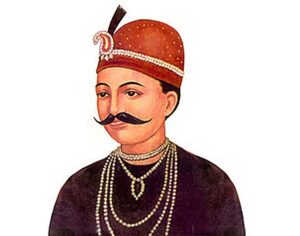
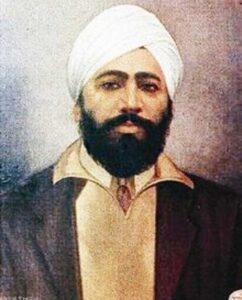
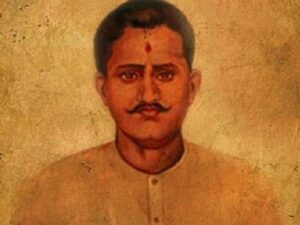
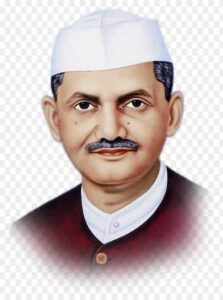
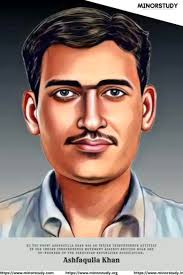
6 comments